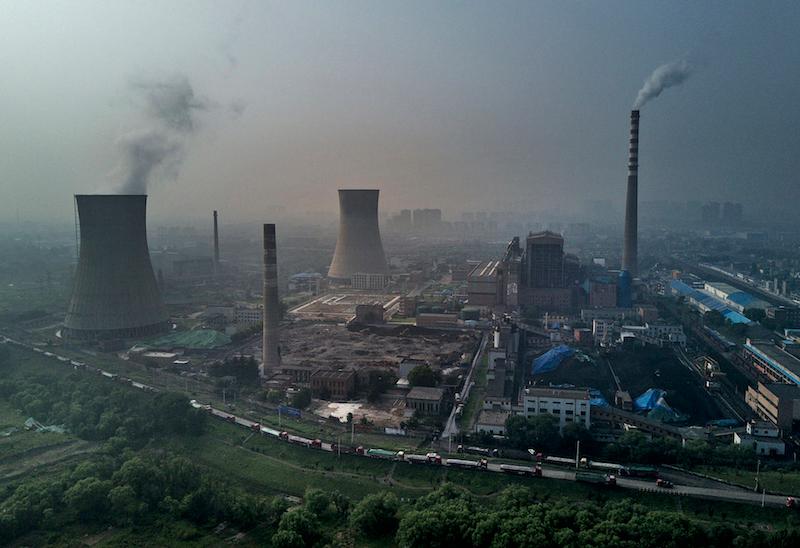China is building hundreds of new coal-fired power plants capable of generating a total of 259 gigawatts (GW) of electricity—that’s equal to the entire existing U.S. coal fleet of around 266 GW, findings by advocacy and research group CoalSwarm show.
Most of the new developments owe to a rapid rise in coal plant permit approvals by China’s provincial authorities from late 2014 to early 2016, according to the report, released Sept. 20. As much as a three-fold increase in coal plant permits were observed in 2015 compared to 2013.




